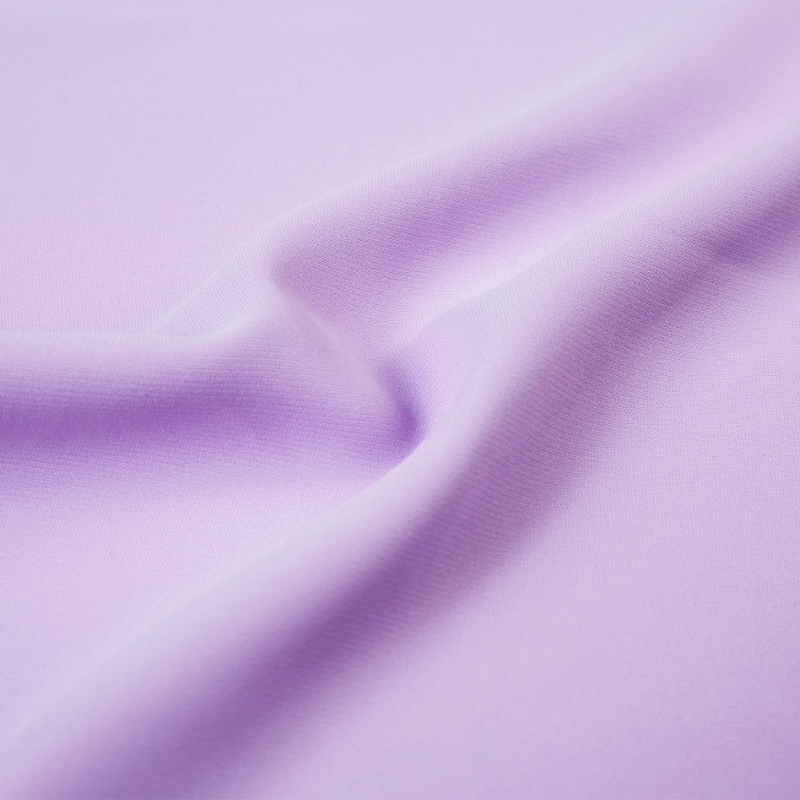Breathability is a crucial characteristic of SPH (Super Permeable Hydrophilic) clothing fabric, significantly influencing the comfort and performance of the wearer during physical activities. Several factors contribute to the breathability of SPH fabric:
Material Composition
Hydrophilic Properties: SPH fabrics are made from materials designed to wick moisture away from the skin. This hydrophilic nature allows sweat to be absorbed and transported away quickly, keeping the skin dry.
Fiber Structure: The specific structure of the fibers in SPH fabric, often featuring a porous or mesh-like design, enhances airflow and moisture vapor transmission, further promoting breathability.
Fabric Weight and Thickness
Weight: Lighter fabrics tend to offer better breathability, as they create less barrier against airflow. SPH clothing is often made from lightweight materials that facilitate movement and ventilation.
Thickness: Thinner fabrics generally allow for better air circulation, which helps dissipate heat generated during physical activities.
Weave and Knit Patterns
Open Weave: Fabrics with an open weave or knit pattern allow more air to pass through. SPH fabrics often utilize designs that maximize airflow without compromising strength or durability.
Stretchability: The inherent stretch in SPH fabrics can create gaps during movement, enhancing breathability as the fabric expands and contracts.

Moisture Management
Wicking Technology: SPH fabrics utilize advanced wicking technologies that draw moisture away from the body and facilitate evaporation. This process not only keeps the wearer dry but also cools the skin, enhancing comfort during intense physical activities.
Evaporative Cooling: As sweat evaporates from the surface of the fabric, it cools the skin, further contributing to the wearer's comfort.
Environmental Factors
Temperature and Humidity: The breathability of SPH fabric can be influenced by external conditions. In hot and humid environments, the fabric's ability to manage moisture becomes even more critical for maintaining comfort.
Benefits to the Wearer
Enhanced Comfort: Breathable SPH fabric helps regulate body temperature, preventing overheating and discomfort during strenuous activities. The moisture-wicking properties ensure that sweat is quickly drawn away from the skin.
Improved Performance: By keeping the body dry and cool, SPH clothing allows athletes and active individuals to perform at their best without the distraction of dampness or excessive heat.
Reduced Chafing: The lightweight and moisture-managing properties of SPH fabric can minimize friction against the skin, reducing the risk of chafing, which is particularly important for long-duration activities.
Versatility: The breathability of SPH clothing makes it suitable for various physical activities, from running and cycling to yoga and outdoor sports, allowing for flexibility in usage.
The breathability of SPH clothing fabric is influenced by material composition, fabric weight and thickness, weave patterns, moisture management technologies, and environmental factors. These elements work together to provide significant benefits to the wearer, enhancing comfort and performance during physical activities. As a result, SPH fabrics are an excellent choice for athletes and anyone engaged in active lifestyles.






.png?imageView2/2/format/jp2)




